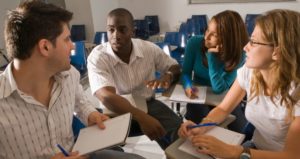
Developing the Professor–Student–Student Bond in Virtual Courses
When my institution closed because of the pandemic, I was asked to teach an entirely virtual organic chemistry course (class and lab) in the 2020 summer semester. This was the first entirely virtual organic course at our college and my first entirely virtual course of



